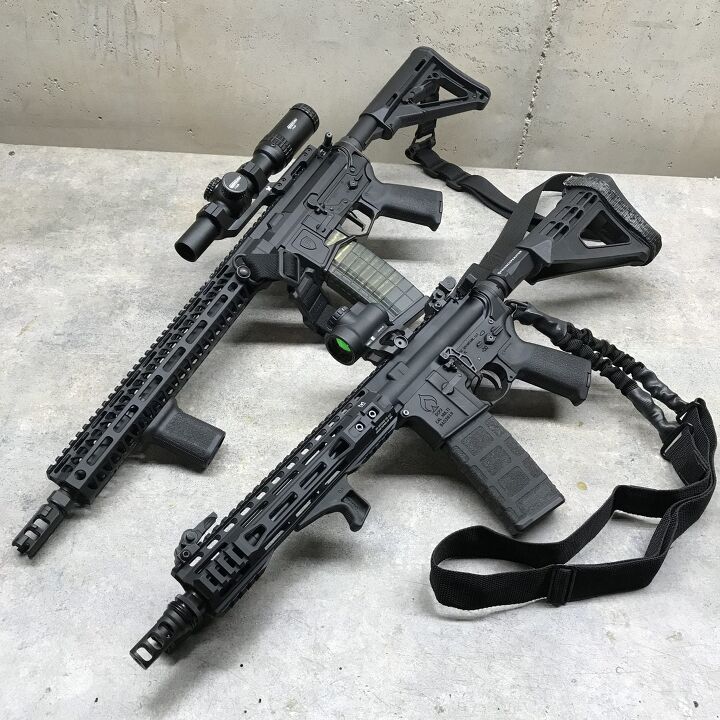In the market today, there are almost endless options for slings and a number of larger companies that make high-quality functional AR slings. There are a ton of variants but I get the most questions about single point and two point slings. So we will focus on those for this article, but in the future, I can talk about three point slings and the value they bring as well. Each system has its own benefits depending on how you use the sling. Let’s dive in and look at how people traditionally use each style sling.
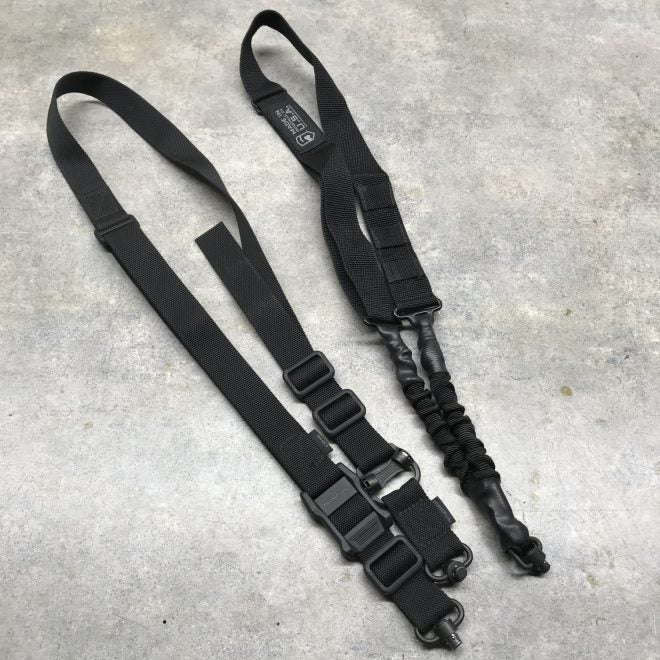
Single Point Slings
Single point slings are fast and make the firearm easily accessible since there’s only one point of attachment. The sling is typically attached to the rear of the lower receiver or to QD mounts built right into the lower receiver. One company that builds QD mounts into their receivers is SIG Sauer with the AR line or MCX series. Single point slings are typically used by SWAT teams who train in a team setting. Having a single point sling brings added mobility to their weapons.
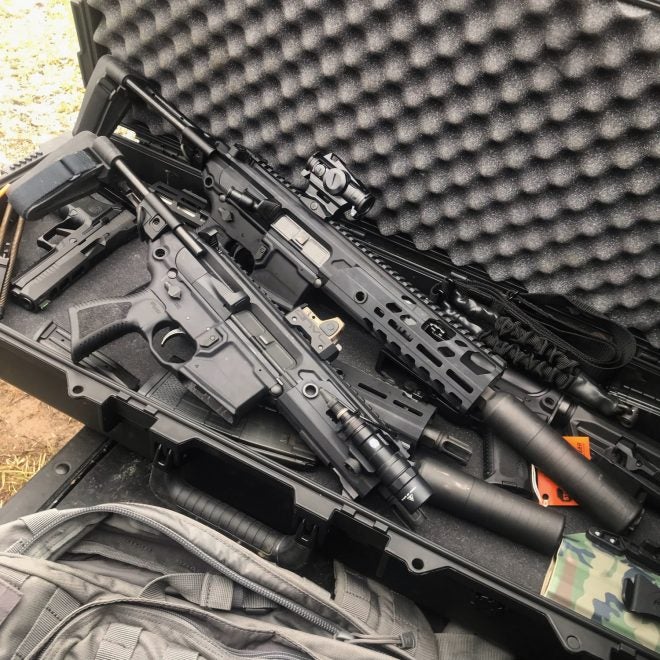
Single point slings are always a great option for PDW and smaller weapons that may not have very much room for a second attachment. With most of my AR pistols and PDW style guns I run a Phase 5 Single Point Sling. Usually, I do this because the slings are small, compact, and do a great job securing it to my body. Single point slings are a great option for having a minimalistic attachment on your gun while keeping it in place. Typically having a single point sling is the least restrictive when having a rifle or AR pistol on the body.
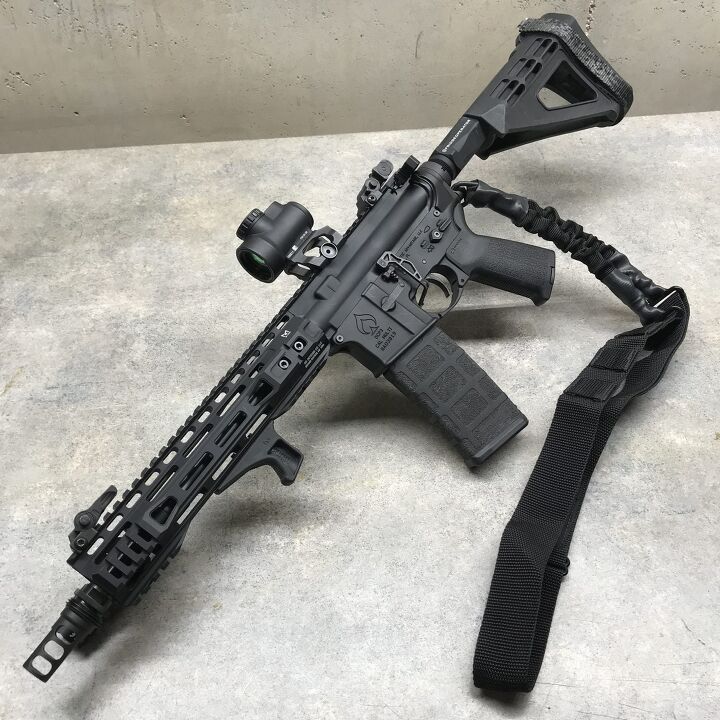
Some Disadvantages
Single point slings are a great option for a rifle but they are not perfect. I have had issues in the past where a rifle goes full force into my private area because I didn’t deflect during the transition. They also can be a pain with a full-size rifle when you lean down to pick something up. Often the muzzle will try to go into the dirt if you don’t hold onto the rifle. Another downside can be the lack of stability the gun has when only being attached to one part of the firearm. I’ve run a number of single point slings over the years and enjoy them on certain firearms, but not all firearms.
Two Point Slings
The majority of shooters who I’ve seen at training courses and range days are typically running two point slings. For standard 16 inch rifles, the two point sling typically has better stability for the larger rifle. I’ve run a few different slings from the Haley Strategic, Magpul MS4, and the Centrifuge Training Sling. Each sling does a great job securing a rifle and keeping it stable when not in use. The key to a great two point sling is the ability to adjust the length from tight to loose depending on whether it’s in use or not. Having adjustability lets the shooter loosen the strap so there’s more room to do manipulations in your workspace. When not in use it’s nice to have the sling tight to the body and with an adjustable strap it’s easy to switch between the two.
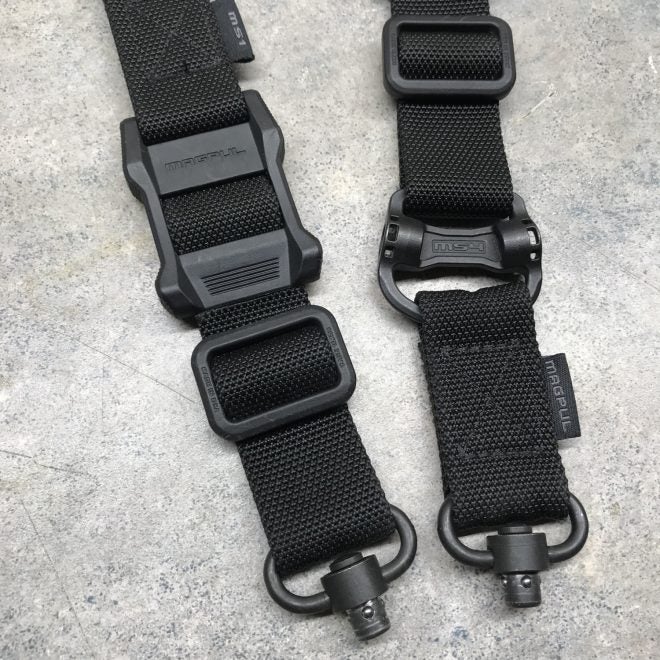
I love two point slings during the summer because it’s incredibly easy to do transitions between rifle and pistol shooting. I love changing drills and having the ability to push the rifle onto my back. This lets me have both hands and the front part of your body free to move. It may be more complicated than the single point sling, but gives the shooter more options for length and comfort in the long run.
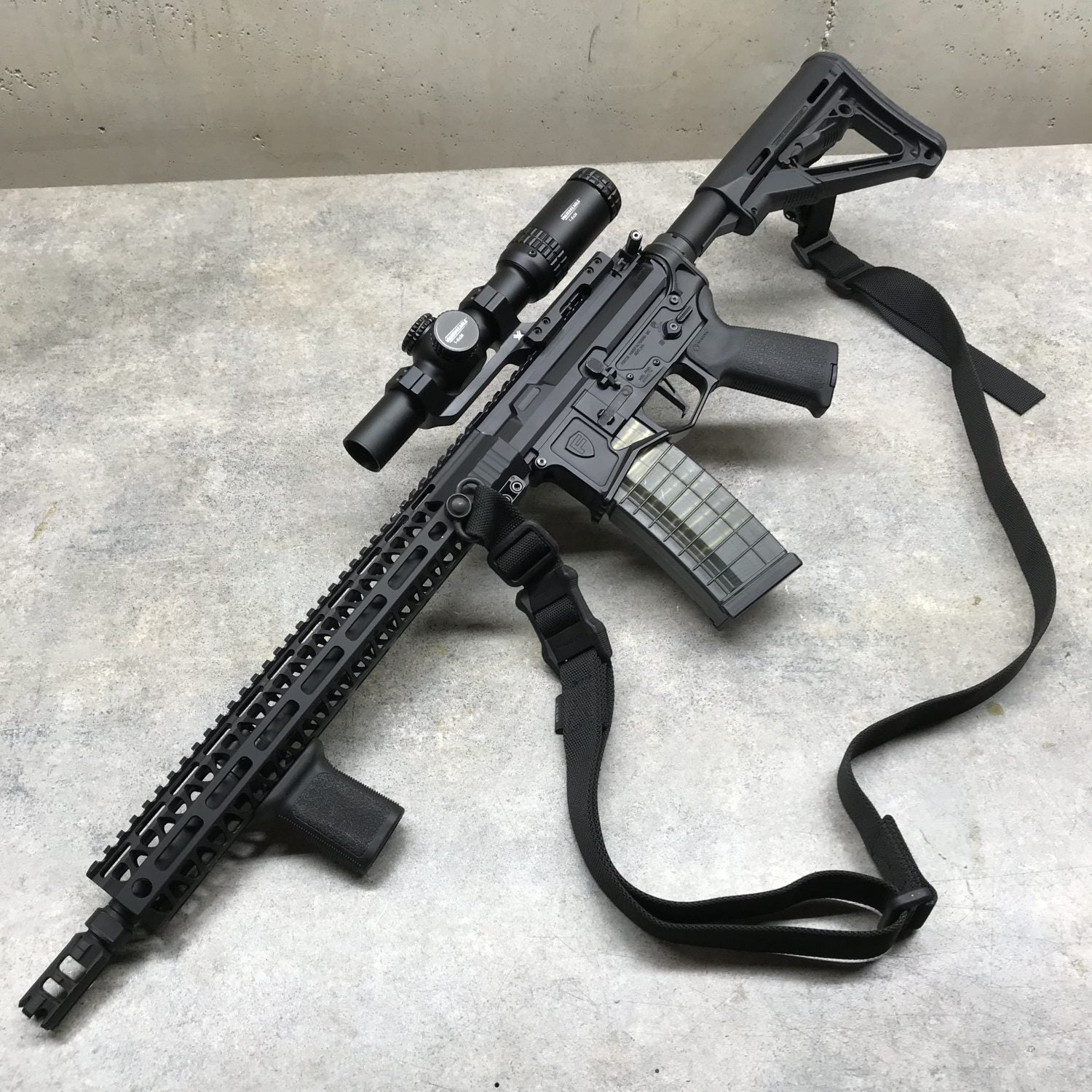
Overall Thoughts
In the end, I think it depends on the type of gun you are running. It’s always good to pick out a sling that works best for that weapons system. I love using single point slings on smaller rifles or large pistol AR variants. It’s easier to run single point slings on guns that may not have a ton of real estate to add attachments. Two point slings usually add more stability and options for rifles but add more material to the sling as a result. Slings can be an advantage whether it’s walking in the woods or just stowing it while doing other things.
Slings can be a practical tool for any shooter to use and doesn’t necessarily have to be a “tactical” benefit but rather a quality of life tool at the range. Let me know what sling you prefer to run in the comments below. If you have any questions or comments feel free to shoot me a message on my Instagram. Stay safe out there.
We are committed to finding, researching, and recommending the best products. We earn commissions from purchases you make using the retail links in our product reviews. Learn more about how this works.
 Your Privacy Choices
Your Privacy Choices
